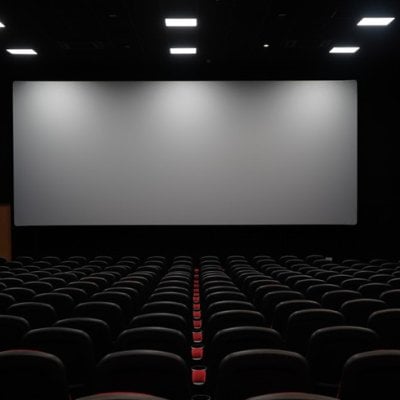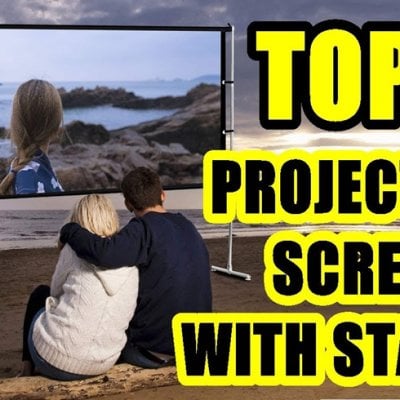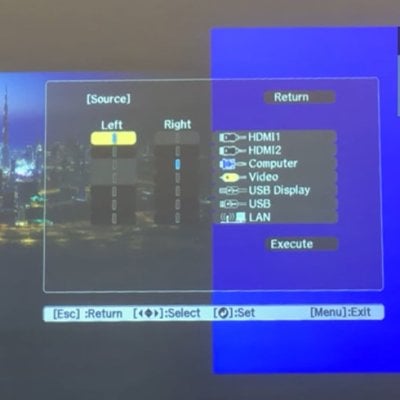You may be aware enough of the sizes and types of projector screens: portable screens, fixed frame screens… However, it’s necessary as well for you to know about material to use for projector screens, for it helps you to make smart choice among all the sorts of screens on market.
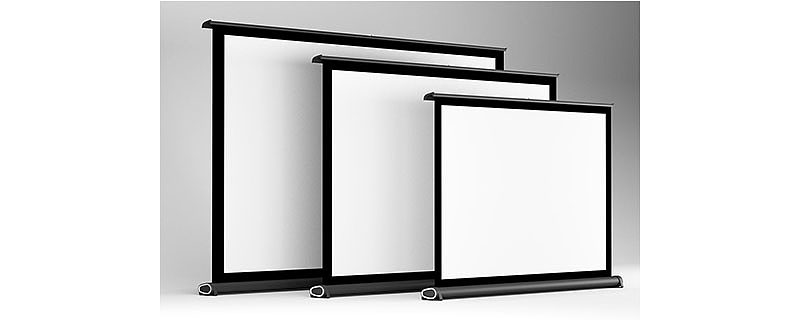
First, let’s look at several main ways projection screen surface can be made: matte white, matte grey, glass beaded, metal, fiberglass.
Matte White Projector Screens
White plastic screens are made by dual-layer PVC and woven fabric. They are able to diffuse projected light in all directions, so the image can be seen from any angle. With low gain value, they provide the most natural image. And you better black out the room before projecting on matte white screens.
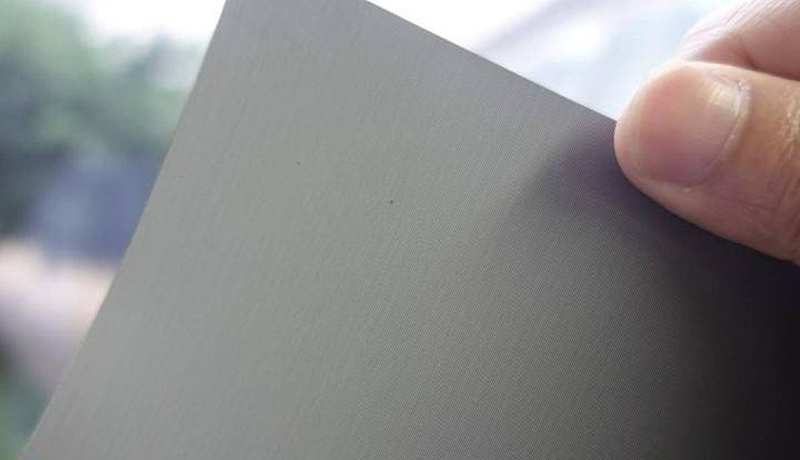
Matte Grey Projector Screens
Matte grey screens, same as the matte white screens in material, but with the color of grey. Matte grey screens featured with high contrast ratio, enhance black levels in image. The effect would be brighter than matte white screens, and the fidelity of image is better. Thus, matte grey screens naturally cost more than white ones.
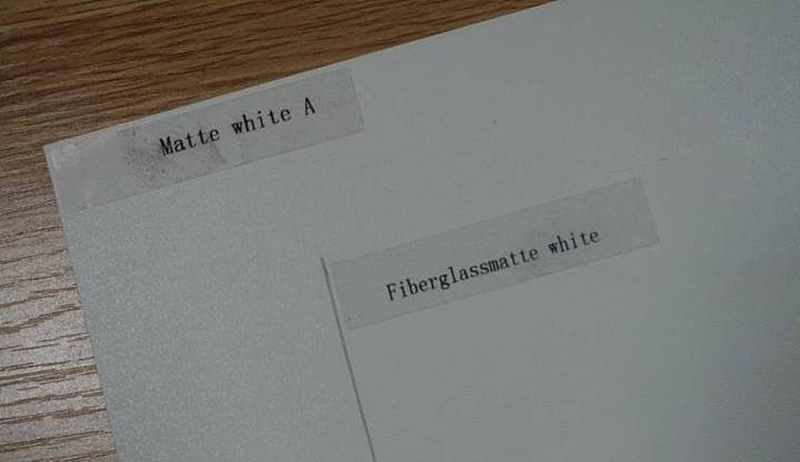
Fiberglass Projector Screens
Projector screens made of fiberglass have a self-supporting matte white front surface with fiberglass backing. Fiberglass screens stand out in maintaining flatness itself, don’t bother to stretch it manually. Damp and mildew as they are, fiberglass screens are easy to take care of.
Metal Projector Screens
With hard surface, Metal projector screens don’t deform easily thus have longer lifetime. The top surface is honeycombed with metal particles, brings high gain value up to 3.0. Plus, metal screens add depth to the projected image, make them especially suitable for viewing 3D movies.

Glass Beaded Projector Screens
Glass beaded screens generally consist of a fiberglass matt white substrate, to which a uniform covering of spherical glass beads has been adhered. What’s special about them is that they can reflect the projected light directly toward its source. To put it simply, glass beaded screens bring best color rendition and lead to the sharpest of vibrant videos. However, to enjoy the wonderful cinematic experience, make sure find yourself the right viewing angle.
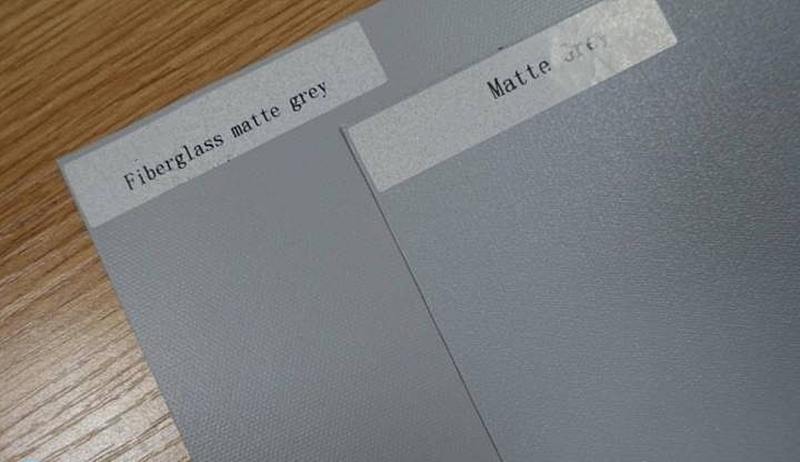
Which Kind of Material Is Best for You?
For home projection use, matte white screens and glass beaded screens are the two most popular options for consumers. If you’re with limited budget, or you are looking for an entry level projector screen, you’d like to get a white plastic screen. If you are expecting a more vivid image display, glass beaded screens would be your option for they are balanced between performance and maintenance.

